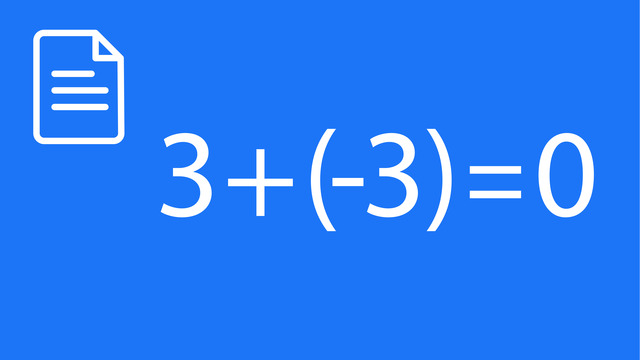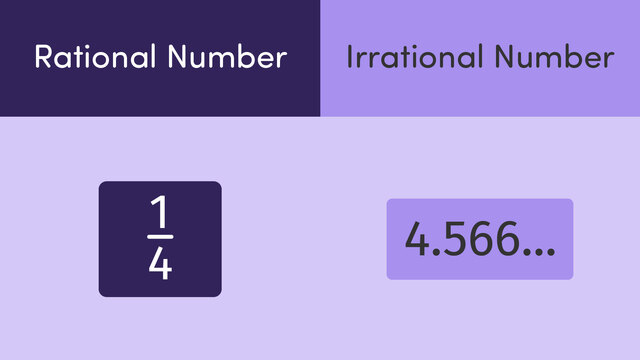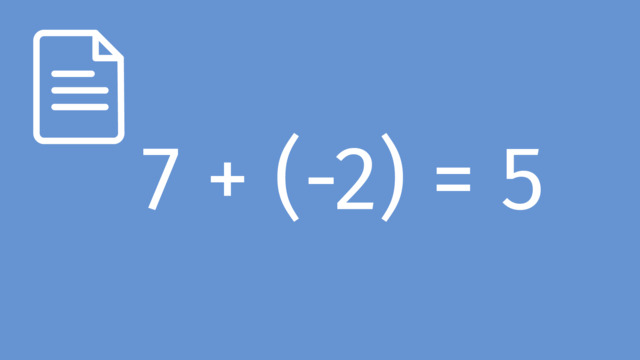Subtracting Integers
Learning text on the topic Subtracting Integers
Subtracting Integers – Definition
Subtracting integers might seem tricky at first, but it's a fundamental skill in mathematics. Integers are whole numbers that can be positive, negative or zero. In our daily lives, we use the concept of subtracting integers when we calculate differences in temperatures, account balances, elevations, and more.
Subtracting Integers refers to the process of finding the difference between two integers. When subtracting integers, we are essentially adding the opposite (additive inverse) of the number being subtracted.
Understanding Subtracting Integers – Explanation
To understand subtracting integers, let's focus on the concept of adding the additive inverse.
The additive inverse of a number is the number that, when added to the original number, results in zero. For example, the additive inverse of $3$ is $-3$, and vice versa.
When we subtract an integer, we are actually adding its additive inverse. For example, in the subtraction $2 - 3$, we are really doing $2 + (-3)$. This approach simplifies the process of subtracting integers, especially when dealing with negative numbers.
Being familiar with integers and their opposites is incredibly valuable when it comes to operations of integers.
Subtracting Integers – Step-by-Step Process
| Step Number | Directions | Example |
|---|---|---|
| Step 1 | The first number stays the same. Change the subtraction sign to addition. |  |
| Step 2 | Change the sign of the number being subtracted to its additive inverse (or opposite sign). |  |
| Step 3 | Add the numbers together using strategies you know for adding. |  |
Let’s work through another example step by step.
Calculate $-5 - 3$.
- Step 1: Change the subtraction to addition: $-5 + 3$.
- Step 2: Change the sign of the second number to its opposite sign: $-5 + (-3)$.
- Step 3: Add the numbers together! $-5 + (-3) = -8$.
As you can tell, subtracting integers essentially turns any problem into an addition problem which is why it is important to have a strong understanding of adding integers.
Subtracting Integers – Examples
Try these examples on your own using the steps presented above.
Subtracting Integers – Summary
Key Learnings from this Text:
- Subtracting an integer is the same as adding its additive inverse.
- The additive inverse of a number is what you add to the original number to get zero.
- This method simplifies the process of subtracting integers, particularly negative numbers.
Subtracting Integers – Frequently Asked Questions

Rational Numbers on the Number Line

Subtracting Integers

Solving Problems with Negative Numbers

Multiplying and Dividing Integers

Rational and Irrational Numbers

Subtracting Rational Numbers by adding the Inverse

Analysing Numerical Patterns

Standard and Scientific Notation

Using Operations with Scientific Notations

Interpreting Scientific Notation
 Do you want to learn faster and more easily?
Do you want to learn faster and more easily?












